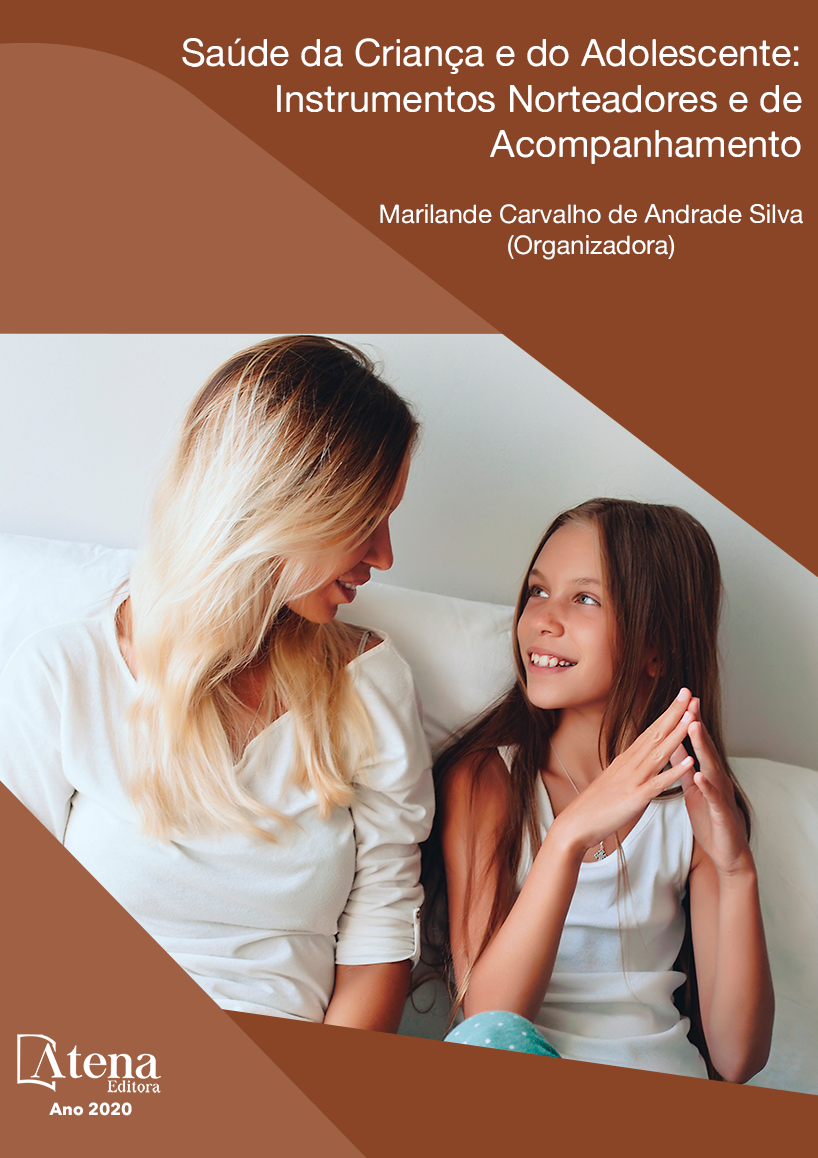
INVESTIGAÇÃO DA PREVALÊNCIA DE DESNUTRIÇÃO EM ESCOLARES NO MUNICÍPIO DE RIO BRANCO – AC
O objetivo deste trabalho foi fazer
um levantamento epidemiológico superficial
acerca da prevalência de desnutrição em
escolares do município de Rio Branco – Acre.
A amostra constitui-se de 668 escolares, de
ambos os sexos, entre 5 e 10 anos de escolas
públicas, selecionadas com base nas sete
regionais urbanas do município de Rio Branco
– AC. Foi feita avaliação nutricional com peso
e altura, e interpretaram-se os resultados com
os parâmetros recomendados pela OMS: peso
para idade (P/I) e estatura para idade (E/I). A
maioria das crianças encontrava-se em eutrofia
para todos os índices avaliados. Segundo os
índices P/I, E/I, 20,05% da amostra estão em
risco de desnutrição, enquanto 79,95% estavam
fora de risco.É notório maior risco nas regionais
onde se concentram as comunidades de baixa
renda do município, e os menores percentuais
foram encontrados em regionais onde habitam
as camadas mais favorecidas da sociedade. O
risco de desnutrição em escolares nas regionais
urbanas de Rio Branco é baixo, já que a maioria
das crianças se encontrava com peso e estatura
para idade adequada. Porém, nota-se que a
desnutrição ainda é persistente na população
de baixa renda. A avaliação nutricional é um
instrumento fundamental na investigação da
saúde da criança
INVESTIGAÇÃO DA PREVALÊNCIA DE DESNUTRIÇÃO EM ESCOLARES NO MUNICÍPIO DE RIO BRANCO – AC
-
DOI: 10.22533/at.ed.17720110213
-
Palavras-chave: Desnutrição, Desenvolvimento Infantil, Saúde da Criança.
-
Keywords: Malnutrition, Child Development, Child Health.
-
Abstract:
The objective of this work was
to make a superficial epidemiological survey
about the prevalence of malnutrition in students
from the city of Rio Branco - Acre. The sample
consists of 668 schoolchildren, male and female,
between 5 and 10 years of public schools,
selected based on the seven urban regions of
Rio Branco - AC. Nutritional assessment was
performed with weight and height, and the results
were interpreted with the WHO recommended
parameters: weight for age (P / I) and height
for age (E / I). Most children were eutrophic for
all indexes assessed. According to the P / I, E
/ I indexes, 20.05% of the sample are at risk of
malnutrition, while 79.95% were out of risk. risk in
the regions where the low-income communities
of the municipality are concentrated, and the lowest percentages were found in regions where the most favored strata of society
live. The risk of malnutrition in schoolchildren in the urban regions of Rio Branco is low,
as most children were of adequate weight and height for age. However, it is noted that
malnutrition is still persistent in the low-income population. Nutritional assessment is a
fundamental instrument in child health research
-
Número de páginas: 8
- Alice da Silva Malveira


